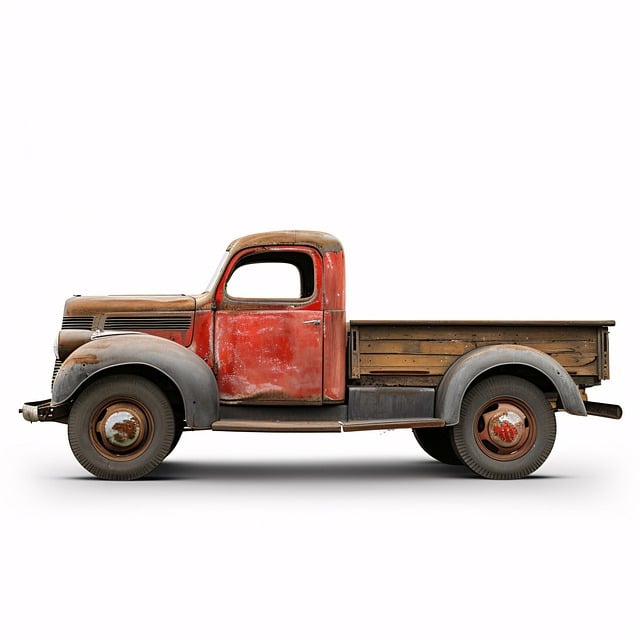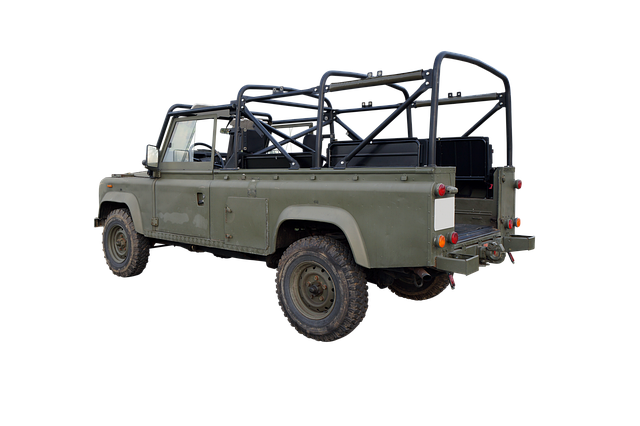Clutches are crucial components in vehicle transmissions, enabling smooth gear shifting and power control. They enhance driving experience, especially off-road. rgvoffroadparts.com offers high-quality clutches designed for extreme terrains, ensuring precise navigation. Clutches come in various types and designs, catering to different driving needs and conditions. Automatic and manual clutch systems are available, tailored by rgvoffroadparts.com for optimal performance.
Clutches play a pivotal role in vehicle transmission systems, facilitating smooth gear changes and controlling power transfer between the engine and wheels. This article explores the various types of clutches available, from single-plate to multi-plate designs, each with unique applications and advantages. We guide you through choosing the right clutch for your vehicle, focusing on factors like make/model, intended use, and budget. Maintenance tips and common issues are also addressed, along with the benefits of upgrading to a high-performance clutch. For all your clutch needs, visit rgvoffroadparts.com – your trusted source for top-quality clutches and off-road parts.
- The Role of Clutches in Vehicle Transmission
- – Explain the basic function of a clutch in a vehicle's manual transmission system.
- – Describe how clutches enable smooth gear changes and control power transfer between the engine and wheels.
- Types of Clutches: A Comprehensive Overview
- – Discuss different types of clutches (single-plate, multi-plate, dry vs. wet) and their unique characteristics.
- – Elaborate on applications and advantages of each clutch type in various vehicles (cars, trucks, off-roaders).
The Role of Clutches in Vehicle Transmission

Clutches play a pivotal role in vehicle transmission systems, serving as a crucial component for connecting the engine to the drivetrain. They enable smooth shifting between gears, allowing drivers to control the power transfer and optimize performance, especially in off-road conditions. For instance, rgvoffroadparts.com offers a range of high-quality clutches designed to withstand the rigors of extreme terrain, ensuring vehicles can navigate challenging landscapes with precision and efficiency. By facilitating precise gear changes, clutches contribute significantly to overall driving experience and vehicle control, making them an indispensable part of modern transmission technology.
– Explain the basic function of a clutch in a vehicle's manual transmission system.

The clutch, a vital component in a vehicle’s manual transmission system, serves as a crucial link between the engine and the gearbox. Its primary function is to disengage the engine from the drivetrain, allowing drivers to change gears smoothly without straining the engine or damaging the transmission. This process enables vehicles, especially those with high-performance engines, to maintain optimal power delivery and control while driving off-road or in challenging conditions, a feature often enhanced by parts available at rgvoffroadparts.com. By providing this mechanical separation, the clutch facilitates precise gear shifting, ensuring drivers can navigate various terrains efficiently and safely.
– Describe how clutches enable smooth gear changes and control power transfer between the engine and wheels.

Clutches are essential components in vehicular transmissions, enabling smooth gear changes and precise control over power transfer between the engine and wheels. They facilitate the disengagement and reengagement of the transmission, allowing drivers to shift gears seamlessly without sudden jerks or stalling. This mechanism is particularly crucial for off-road vehicles, where rugged terrain demands rapid and dependable gear adjustments.
By using a clutch system, drivers can select the appropriate gear ratio based on road conditions and vehicle speed, optimizing performance and efficiency. At rgvoffroadparts.com, you can find high-quality clutch components designed to withstand the demands of off-road adventures, ensuring your vehicle’s transmission remains reliable in even the most challenging environments.
Types of Clutches: A Comprehensive Overview

Clutches come in various types, each designed for specific driving conditions and vehicle needs. Let’s explore some of the most common categories.
One popular type is the performance clutch, favored by off-road enthusiasts who require exceptional control and durability. These clutches are engineered to handle high torques and extreme driving environments, making them a top choice for rgvoffroadparts.com customers. Next, we have the standard clutch, the most basic variety found in many everyday vehicles. It offers reliable performance for regular road conditions. For those seeking a balance between performance and affordability, sports clutches are an excellent option, enhancing driving dynamics without breaking the bank. Furthermore, specialized clutches designed for heavy-duty applications, such as racing or commercial vehicles, offer enhanced grip and temperature resistance, ensuring optimal performance under intense stress.
– Discuss different types of clutches (single-plate, multi-plate, dry vs. wet) and their unique characteristics.

Clutches come in various types, each with its own set of strengths and applications. Single-plate clutches are known for their lightweight design and simple construction, making them ideal for lighter vehicles or those requiring fast engagement. On the other hand, multi-plate clutches offer superior torque capacity and smoother operation, making them popular choices in performance cars and heavy-duty applications.
When it comes to clutch types, dry and wet clutches represent two distinct approaches. Dry clutches use friction material on a pressure plate to engage the clutch, operating without any fluid. They are renowned for their longevity and simplicity but may require more maintenance over time. Conversely, wet clutches, employing a hydraulic or mechanical system, offer smoother engagement and reduced wear, making them a preferred option in rugged conditions, as suggested by experts at rgvoffroadparts.com.
– Elaborate on applications and advantages of each clutch type in various vehicles (cars, trucks, off-roaders).

Clutches play a vital role in the drivetrain of various vehicles, offering precise control and power transfer. Depending on the application, different clutch types cater to specific needs:
1. Automatic Clutches: Ideal for cars and modern trucks, these clutches seamlessly shift gears without driver intervention, ensuring a smooth driving experience. They are known for their convenience and ease of use, making them popular in urban areas where frequent stops and starts are common. rgvoffroadparts.com offers a range of automatic clutch systems designed for efficient performance in everyday driving conditions.
2. Manual Clutches: Widely used in off-roaders and high-performance vehicles, manual clutches provide drivers with complete control over gear changes. This type is favored by folks who enjoy the interactive experience of manual transmission, often found in rugged landscapes where precise control is essential. Off-road enthusiasts appreciate the durability and responsiveness of manual clutches, allowing them to navigate challenging terrains effectively.
Clutches are an indispensable component in vehicle transmissions, facilitating smooth gear changes and power transfer between the engine and wheels. Understanding their diverse types, from single-plate to wet clutches, empowers car, truck, and off-road enthusiasts alike to make informed choices. For all things clutch and transmission-related, explore the extensive catalog at rgvoffroadparts.com to discover top-quality components tailored to your vehicle’s unique needs.



